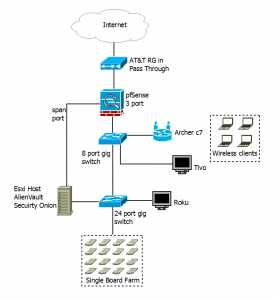This week The Debian project released “Jessie” (Debian 8.0) as stable. I like to keep my servers a little more ahead of the curve than that, so I upgraded to the new testing branch “Stretch”.
While going through my logs from yesterday and this morning, log checker is awesome, I saw someone hitting my mail server. Normally you only get 1 chance to log in as a non-existent account before Fail2ban kicks in and adds the ip address to my Netfilter iptables jail. This address kept showing up, hour after hour in the logs, and multiple user names.
Looking, I found out that while running, it wasn’t catching all the rules for Fail2ban. I checked the configuration files, and things checked out OK. So I fell back on the old restart the service and see what errors pop.
